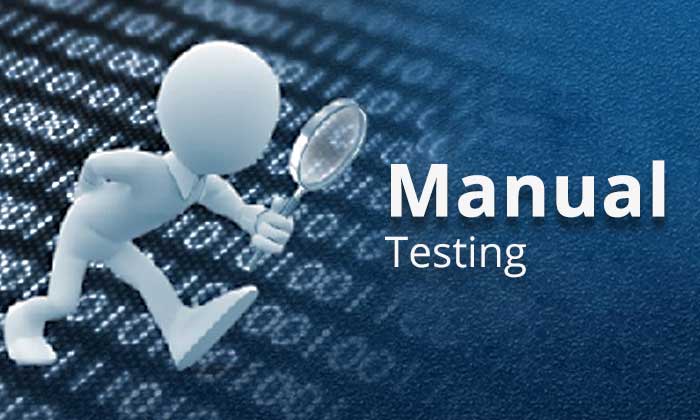MANUAL TESTING

Course Description
This course provides a comprehensive introduction to software testing with a focus on manual testing techniques. It covers fundamental testing concepts, methodologies, and industry best practices used to ensure software quality. Students will learn how to create and execute test cases, report bugs, and work with various stages of the software development lifecycle (SDLC) and software testing lifecycle (STLC). Real-time project scenarios and hands-on sessions will help learners gain practical experience in identifying defects and ensuring software reliability without automation tools.
Key Learning Outcomes:
- Understand core software testing concepts and the importance of quality assurance in the software development lifecycle.
- Identify and describe various types of testing such as functional, non-functional, regression, smoke, sanity, and user acceptance testing.
- Design effective test cases and test scenarios based on software requirements and specifications.
- Execute manual test cases, document results, and identify, log, and track defects accurately.
- Apply black box testing techniques such as equivalence partitioning and boundary value analysis.
- Understand the defect lifecycle and use tools like JIRA or Bugzilla for defect management.
- Collaborate effectively in Agile and traditional development environments, understanding the role of QA in both.
- Analyze test results and provide insights to improve software quality and reliability.
Duration
3 Weeks (3 hours per week)